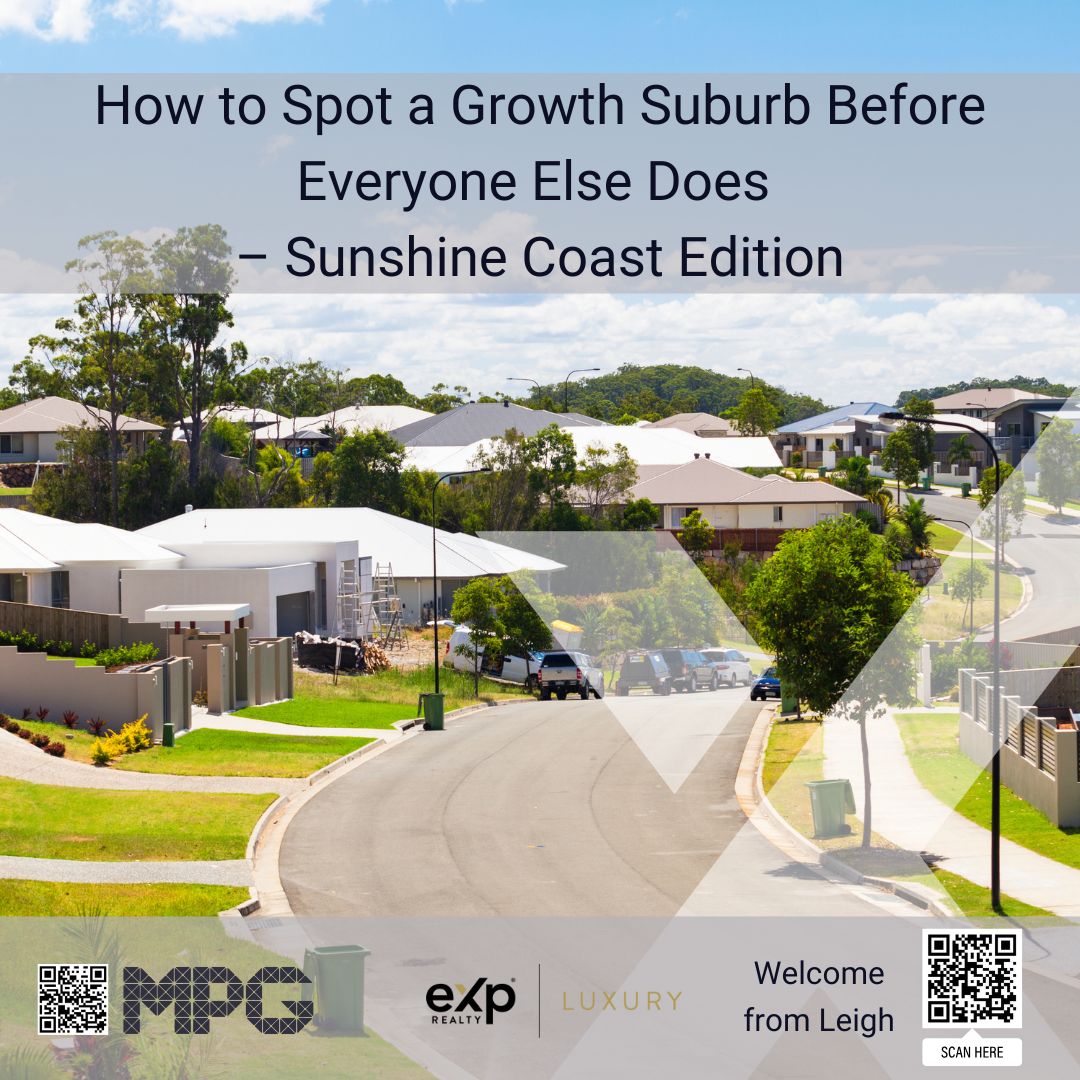June Quarterly Market Update: Property Prices on the Rebound in Australia
Real Estate Market Update with Leigh Martinuzzi MPG
Despite the recent interest rate hikes by the Reserve Bank of Australia (RBA) and uncertainty in the economy, property prices in Australia are experiencing a rebound. This unexpected trend can be attributed to a combination of factors such as limited supply, strong housing demand, population growth, and the affordability of purchasing over renting. As we look ahead to the next few years, forecasts and the 18.6-year market cycle provide insights into what we can expect in the real estate market.
While the market has been slower and more uncertain since its peak in May 2022, property prices have started to rebound in 2023, defying expectations of a decline. The key driver behind this resurgence is the imbalance between supply and demand. In June 2023, home prices saw a modest increase of 0.3%. Sydney experienced the most significant gains, with prices rising by 4.5% since their trough in November 2022. However, Hobart and Darwin were the only capitals that saw a decline in property prices during June. Additionally, capital cities have witnessed faster growth in prices compared to regional areas, with a 3.0% increase this year versus 0.8% for regional areas. Nationally, dwelling prices over the past 12 months have entered positive territory across our combined capital cities, with a growth rate of 0.06%. Year on year Australian property prices is reported -5.3% lower on an annual basis. Regional areas have shown more resilience in holding their prices, which has mitigated the overall impact of the price changes. Notably, several regional markets in Queensland have experienced price growth of 8% or more over the past year. This growth can be attributed to factors such as relative affordability compared to capital cities, increased demand, and lower stock levels. Presently, Australian house prices stand at 1.9% below their peak in March 2022. The national capital city’s median house price increased by 1.2% in June compared to May, reaching $1,045,745.
The real estate market has been affected by various factors, including reduced transactions and a lower number of homes being listed for sale. Over the past 12 months, approximately 490,000 property sales were recorded in Australia, representing a turnover rate of 4.5% of the total 11 million homes. Typically, turnover rates hover around 5%. The lower number of homes available for sale is contributing to the decline in transactions. In Queensland, sales volumes decreased from 12,500 in the first quater of 2022 to 9,000 in the first quarter of 2023. As interest rates rise, affordability concerns are pushing many potential buyers out of the market. Moreover, the limited availability of stock is further impacting the number of transactions. As both buyers and sellers adopt a wait-and-see approach in the first half of 2023, the number of homes sold (78,700) slightly exceeds the number listed for sale (68,250), resulting in a current sales-to-listings ratio of 1.15.
Building approvals in Australia experienced an 8.1% decline in April 2023, and the number of total listings is currently -20% below this time last year and -32.9% below the 5-year average. We are experiencing a record low in property availability! The Sunshine Coast, in particular, has witnessed record-low property listings, with the number of houses and units available for sale gradually decreasing over time. The availability of properties has fallen from its peak of 12,500 to approximately 6,300, representing a 50% decline. Concurrently, buyer demand has increased significantly since 2010, leading to a substantial rise in median house prices, which on the Sunshine Coast have climbed from $610,000 in March 2020 to $970,000 at present.
As of July 1, 2023, the current cash rate stands at 4.1%. Many industry experts believe that we are near the peak, and there may be a few more rate hikes before the end of 2023. However, a looming concern is the approaching “fixed rate cliff,” with an estimated 900,000 Australian households expected to come off their fixed rates by Christmas. Should this occur, we may witness a surge of distressed sellers entering the market, potentially driving prices lower than desired. I am optimistic that this wont have as big an impact as some may expect. There are many also suggesting the RBA will ease back on interest rates as early as the end of this year and we may even see the cash rate drop back 1% over the next 12 months or so. Although there is potential for Australia to enter a recession, I strongly believe the RBA wants to avoid this and now with inflation coming under control I expect the cash rate rises to stop.
Despite these potential challenges, there are indications of more growth to come in the housing market. The demand for housing is improving, as reflected in the consistently high auction clearance rates, which have surpassed 70% in recent weeks. Moreover, a surge in migration is impacting housing demand, with Australia’s population expected to grow by 524,500 in 2022/2023, followed by an additional 400,000 people each year for the subsequent few years. With building approvals down and lower listing levels, this increased demand is likely to contribute to further price rises.
According to Phil Anderson’s property market cycle theory, the real estate sector still has a few years of growth ahead. The 18.6-year market cycle suggests that the downturn may not occur until after 2026, potentially lagging behind the United States. Based on these insights, it is projected that national prices will increase by 2-5% by the end of 2023, with some experts even suggesting a 5-10% gain in prices in both 2024 and 2025.
In conclusion, despite uncertainty in the Australian economy and multiple interest rate hikes, property prices in most parts of Australia are experiencing a rebound. Limited supply, strong housing demand, population growth, and the affordability of purchasing over renting have contributed to this trend. Factors such as reduced transactions and lower listing levels have also played a role in shaping the market dynamics. Looking ahead, forecasts and the 18.6-year market cycle indicate that the real estate sector still has potential for growth in the coming years. However, challenges such as the approaching “fixed rate cliff” and the need to accommodate a growing population will need to be addressed to ensure a balanced and sustainable housing market in Australia.





